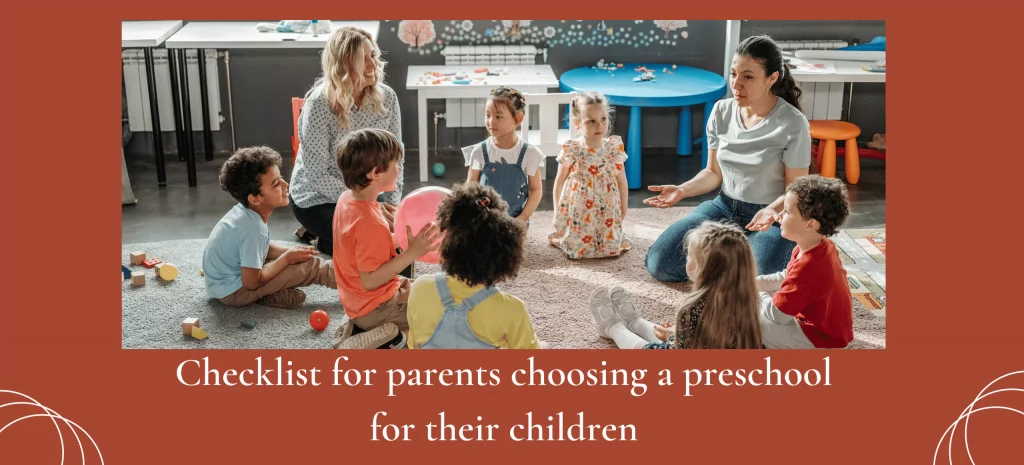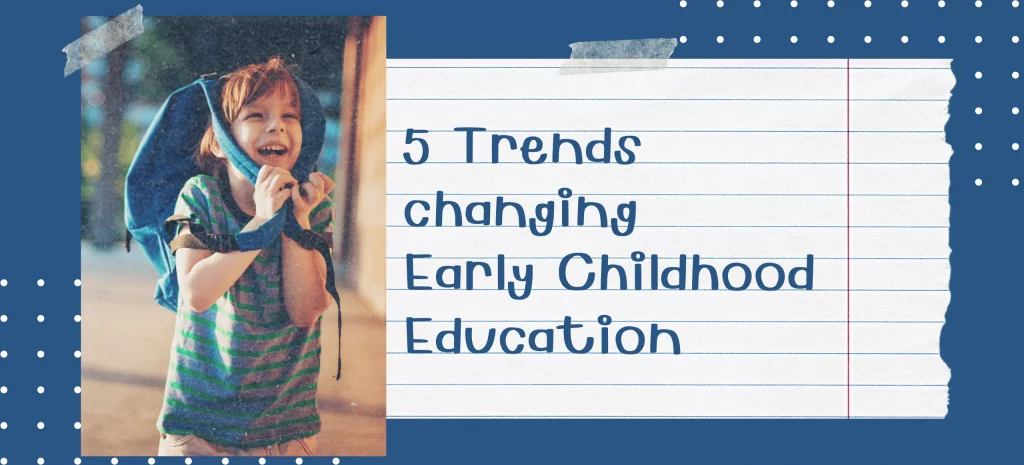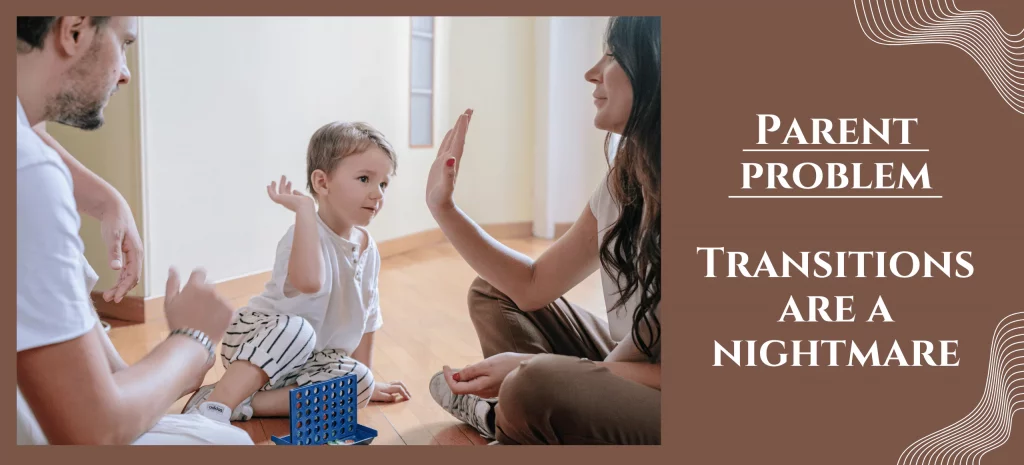How can you ensure that you’ve made the best school choice for your child? Here’s a checklist to help you as you do your research.
Preschool Checklist
What is their academic approach?
Verify preschools’ claims about their programs, academic approaches, and philosophies by visiting their facilities and reviewing their materials. For example, a Montessori preschool should be equipped with Montessori toys and teaching aids. The principal and teachers should share with you how the Montessori curriculum is very broad and covers traditional and unique Montessori subjects.
What is my budget?
Check with the school whether enrichment hours are billed separately from term fees. If you want to enroll your child in these enrichment courses, you must secure the funds.
Find out if you can use Child Development Account (CDA) funds to pay for these courses. Plan ahead if you have younger children in line. You would probably want siblings to eventually attend the same school, so think about tuition affordability if you have two or three children attending that preschool at the same time.
Transport
Traveling to and from school can take a toll on both the parent and the young child. Watch the traffic situation during arrival and dismissal, because even if the distance to school is short, you can spend a lot of time in traffic if there is heavy traffic. Find out about school bus pick-up and drop-off times. Some school bus routes may require your child to board the bus one hour before school starts. You need to think about your willingness to subject your child to long school bus rides.
Outdoor vs air-conditioned classrooms
Think about how you prefer your child to be outdoors or in a fully air-conditioned space. Each type of ventilation has its pros and cons. An air-conditioned environment can remedy the negative impact of extreme heat on physical and intellectual activities. A reduced temperature can optimize learning and play conditions for your child.
Outdoor time and equipment
How much time is allocated for outdoor play per day? The outdoor environment is the best place for preschoolers to practice and master emerging gross motor skills. It is in nature and outdoors that children can freely develop physical skills such as running, jumping, jumping, jumping, jumping and climbing.
Record of hand, foot and mouth disease (HFMD).
HFMD is a mild, contagious viral infection common in young children. It is characterized by ulcers in the mouth, a rash on the hands and feet. It is most often caused by the Coxsackie virus. Ask the school for information about previous outbreaks of HFMD. Understand frequency and intensity. This would give you an idea of the school’s level of care and diligence when it comes to the health of the children in their care.
What do they eat at school?
If you care about your child’s nutrition, ask more about the school’s menu. Check that the meals on offer are well-balanced and nutritious, keeping processed foods and sugars at bay.
Is the school affiliated with any religion?
Being a multi-religious country, Christian, Catholic, Buddhist, Hindu and Muslim childcare centers and nurseries are available. If exposing your child to religious learning and practice is important to you, narrowing down your choices to preschools with your religious affiliation can help you arrive at your final preschool choice.
Ask around
Talk to neighbors or friends with children at the preschool you are considering. They can be a great source of information about the school. You can check with them about issues such as parent-teacher communication, disciplinary methods, and staff turnover rates.
Attend their Open Day or book a preview
Take your child with you to the kindergarten visit. Observe how they respond to the school environment and teachers. You can also take the opportunity to see how the teachers break the ice and how they interact with your child.
Observe the staff
During the school visit, take a step back and watch the principal and teachers interact with the children. Are their interactions characterized by warmth and trust? Do children spontaneously greet the principal and teacher with joy? Do the principal and teachers engage the children in an encouraging, gentle and patient way? Watch out for no-no’s like teachers yelling and pulling kids.
Last call
There is no single perfect kindergarten. Figure out what factors are important to you and make a list of deal breakers. Ask yourself if the school’s culture, curriculum approach and culture align with your parenting values. Make the best decision you can given constraints such as finances and logistics.
Regardless of which school your child is enrolled in, you play the biggest role in making sure their experience is a positive one. Be an involved parent, stay interested and actively participate in any collaboration with the school. Your child will pick up on your vibes and naturally enjoy their school days.




